 In the ongoing quest to attract customers to our digital marketplaces, SEO has been a mainstay in the digital marketing world.
In the ongoing quest to attract customers to our digital marketplaces, SEO has been a mainstay in the digital marketing world.
Sure, options have expanded to encompass a variety of channels for outreach and advertising, but SEO stands as an ever-evolving practice that we all rely on. Even if every other advertising and promotional channel evaporated tomorrow, your SEO efforts would stay alive and mature like a long-term stock investment.
But even though it’s stood the test of time, few online marketing channels and strategies have experienced as many refinements, updates, and, in turn, frustrations more than the practice of search engine optimization.
 What was once a tool for simply capturing attention and driving site traffic now encompasses an abundance of ranking factors that can send traffic soaring one month and plummeting the next.
What was once a tool for simply capturing attention and driving site traffic now encompasses an abundance of ranking factors that can send traffic soaring one month and plummeting the next.
In today’s examination of the full-funnel SEO experience, we’re not only going to drill down into SEO improvement, we’ll also be focusing on how to optimize the remainder of the customer experience.
So, in the paragraphs that follow, don’t count on extended discussions about keywords and word counts. We are about to cut into something much meatier…
The Future of SEO
With each of Google’s core updates—dedicated to the function and ranking of SEO results—over the past several years, there has been an obvious focus on the user experience. When there was a clear shift to mobile search (now nearing 50% of all searches), Google introduced a ranking update that basically penalized sites that were not optimized for mobile devices.
More recently, Google introduced their Core Web Vitals, an update that was designed to focus on the user’s experience—from how fast a site would load to how many milliseconds until the user could interact with the elements on the page.
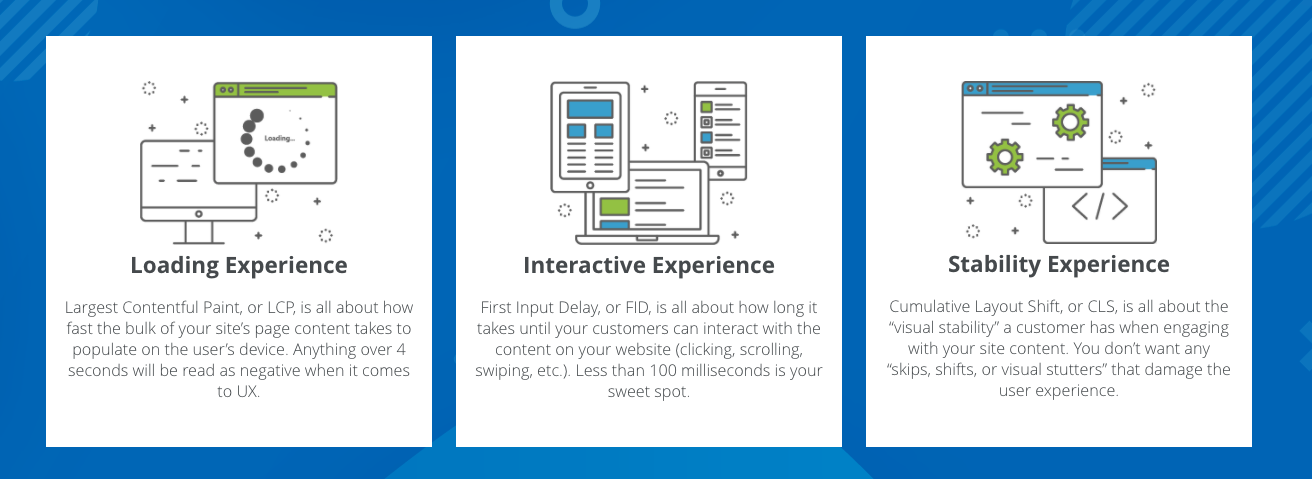
Obviously, updates like these have little to do with what is on the site (i.e., text or images) and instead focus on the experience that’s available to the user once they select a result from their Google search.
All of this is to say that when we look to the future of SEO, getting customers to our sites is only half the battle.The other half involves optimizing the experience to keep customers on your site. Google sees (and knows) everything.
The User Experience
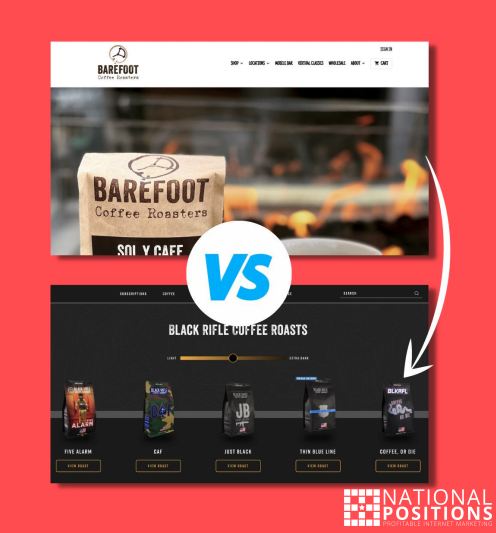 Let’s unpack the most basic part of the user experience: How simple is your site to understand and use? Are the services or products you provide expressed clearly to the customer in the first five seconds? On a mobile device, is the experience flawless, simple to interact with, and fast-loading without lag?
Let’s unpack the most basic part of the user experience: How simple is your site to understand and use? Are the services or products you provide expressed clearly to the customer in the first five seconds? On a mobile device, is the experience flawless, simple to interact with, and fast-loading without lag?
These are just a few of the thousands of factors that are either building up or eating away at your SEO. Google will take data points such as bounce rates, time on site, and pages per visit into account when calculating your site’s SEO prowess.
At the end of the day, Google wants to provide the best search results, which includes prioritizing websites that are providing the highest contextual value to those who are searching.
So websites that align with the needs of the searcher and provide a stellar experience that is engaging to visitors are going to be given preference in the eyes of Google (and customers).
Driving the Customer Journey
The core of your site’s user experience comes down to how easily a customer can find what they’re looking for (your product or service) and take action. For the sake of this example, we are going to assume that a customer has landed on your site and decided to stick around.
Let the experience begin!
Menus & Navigation
You want to make finding the right product or service as friction-free as possible—preferably within one or two clicks. So, when it comes to your header menus, be sure you are batching your products and services to make “drilling down” simple.

For example, if you provide apparel for all demographics you can have a section for women’s looks, men’s looks, and kids’ looks, with subcategories for each, such as tops, bottoms, outerwear, etc.
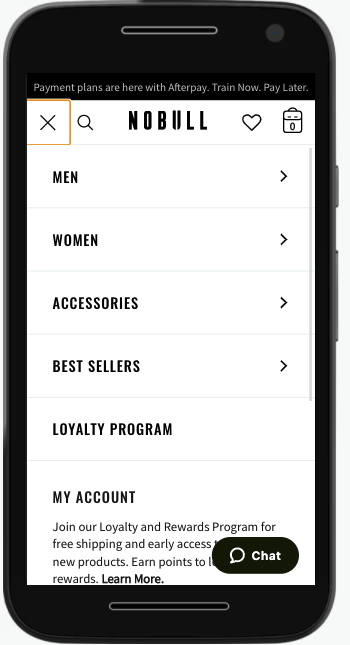 Alternatively, if you provide mainly women’s fashion, your categories could be tops, bottoms, and outerwear, with subcategories like active tops, everyday tops, long-sleeve knits, etc.
Alternatively, if you provide mainly women’s fashion, your categories could be tops, bottoms, and outerwear, with subcategories like active tops, everyday tops, long-sleeve knits, etc.
A good rule of thumb is to ask yourself this question, “Could I find what I am looking for using my phone?” This might mean applying these “batching” choices to your homepage so it is simple to scroll and click your way to what you are looking for.
Nailing this batching idea down will help your customers navigate through your site to find what they are looking for without a headache. This is great for the user experience, great for Google’s metrics, and great for SEO.
Accounts & Checkout Options
Since we are talking about the full-funnel experience, we are taking this discussion all the way to the checkout process. Why? Because abandoned carts are still a huge thorn in the side of pretty much every ecommerce site—and limiting payment options or requiring a profile are not likely to help the situation.
Let’s talk “account checkouts” for a second. Are they good for you as a brand? Yes. Can they be good for customers because they can make checkout on their next purchase faster? Sure!
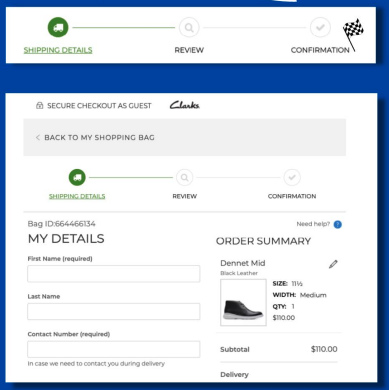 But, for most of us, just the thought of having to create yet another profile (and remembering a 327th password) is a turn-off. So, why make it harder for a customer to give you their hard-earned cash? Here are a few options to ease the pain for your customers and keep your ecommerce cash register ringing.
But, for most of us, just the thought of having to create yet another profile (and remembering a 327th password) is a turn-off. So, why make it harder for a customer to give you their hard-earned cash? Here are a few options to ease the pain for your customers and keep your ecommerce cash register ringing.
Allow guest checkouts: This has become pretty standard in ecommerce. Customers are still going to need to fill out their payment and shipping information, but it just feels like less of a commitment. This option gives them the power to decide which option (creating an account vs. checking out as a guest) is best for them.
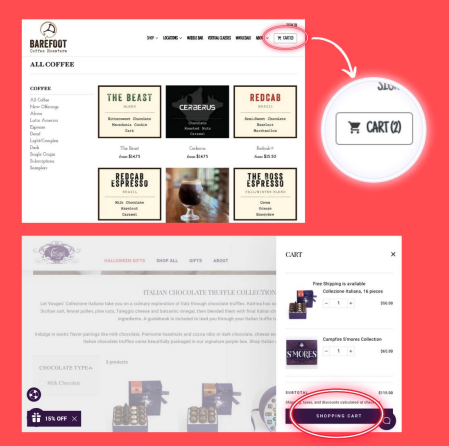 Gamify the process: This is a winner even if you offer guest checkout. Because rather than overwhelming the customer asking for everything upfront, you can ask for information in smaller sections like with a progress bar showing your customer how close they are to the finish line. For example, step #1: getting started, step #2: where should we send your purchase, step #3: preferred payment method, and step #4: confirm and complete.
Gamify the process: This is a winner even if you offer guest checkout. Because rather than overwhelming the customer asking for everything upfront, you can ask for information in smaller sections like with a progress bar showing your customer how close they are to the finish line. For example, step #1: getting started, step #2: where should we send your purchase, step #3: preferred payment method, and step #4: confirm and complete.
Offer an incentive: Who doesn’t want free shipping or 20% off their first order? One-time deals like these are a small price to pay when it comes to extending lifetime customer value. So, if it’s within your budget, consider offering an incentive for first-time customers to encourage them to create a profile.
You get the idea. There is no silver bullet, but even if your customer is using guest checkout, you can always follow up with them later with an incentive to complete their profile.
Again, the smoother you can make the process, the more engaged your customers will be, and the more likely they will be to complete the purchase process. And what does all of this positive interaction and purchasing contribute to—aside from your profits? You guessed it. A little more SEO juice.
Customers who not only find your site but also take purchase actions, just help your site shine a bit brighter in the eyes of Google. This is a long way away from keywords, isn’t it?!
Google (and SEO) Loves Conversion
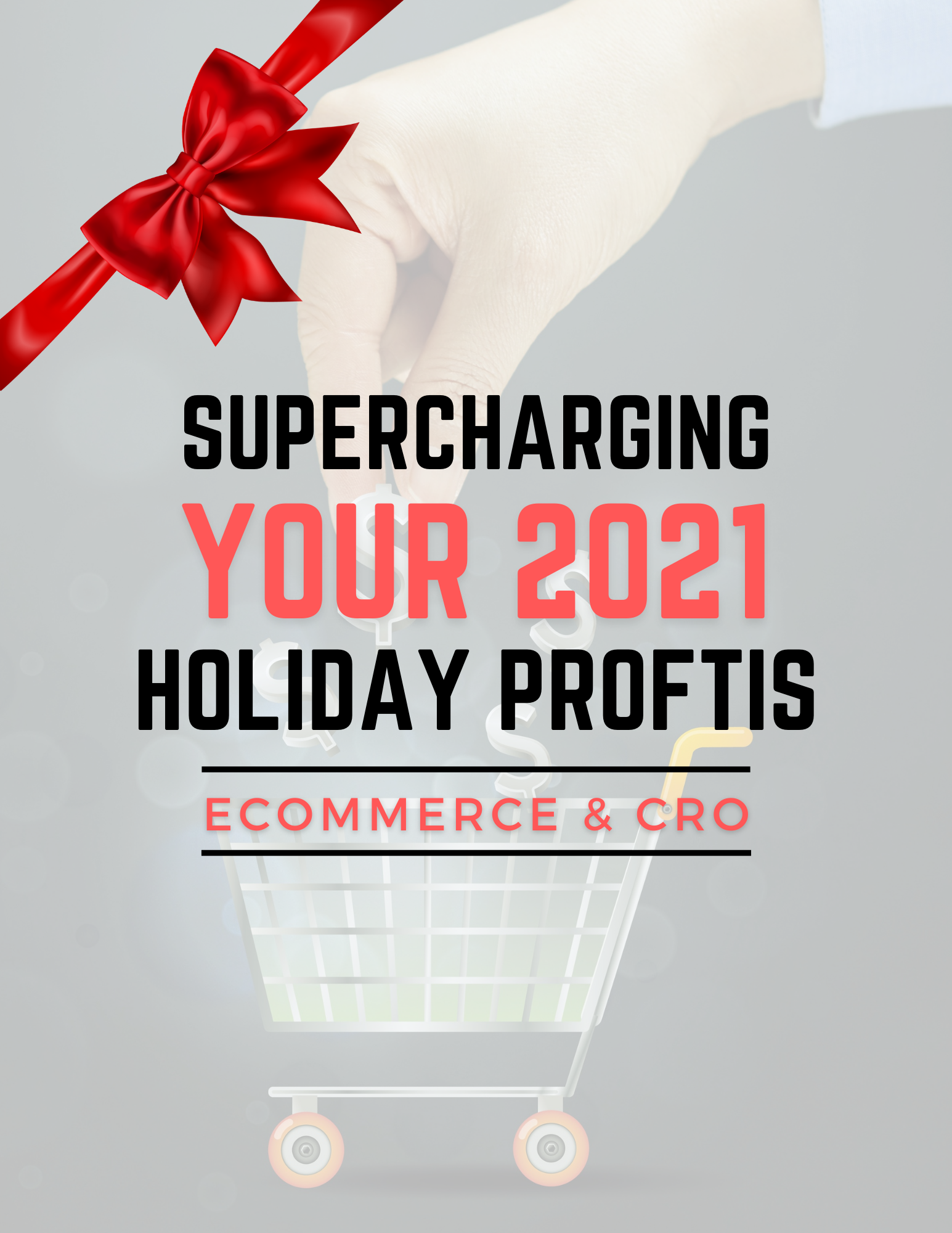 We all want our websites to convert and contribute to profits. But when it comes to your long-term SEO strategy, you want to be maximizing every “micro-conversion” you can.
We all want our websites to convert and contribute to profits. But when it comes to your long-term SEO strategy, you want to be maximizing every “micro-conversion” you can.
Let’s say a new customer visits your website and doesn’t bounce off right away. Congratulations, you have converted passive interest into awareness and interest.
Said customer then scrolls a few times and clicks on your product page. Congrats, again. You have converted this awareness and interest into a click-through—winning!
They spend a few minutes looking at their options and decide they like “Product Option B” and add it to their cart. Boom! You have converted this interest into a purchase intent action. You are such a rockstar!
But what if this customer leaves without purchasing? Darn. So close!
Even if you didn’t make the sale, this is still great progress when it comes to Google’s SEO rankings! They did not bounce off your website. They clicked onto your website, spent actual time on your website, visited multiple pages, etc.
These are all positive contributions when it comes to how Google measures the value of a website. Each micro-conversion on your end is a positive ranking factor on Google’s end.
So how do you improve all these micro-conversions? With conversion rate optimization (CRO) testing.
Conversion rate optimization is the process of taking a holistic look at the customer journey on your website and regularly testing variations of pages, images, site flows, calls to action—basically everything that contributes to conversion.
Not only can this process help beef up your SEO, it can also help make your website’s ecommerce store far more profitable. If you would like a deeper dive into CRO, you can check out (and download) our ebook on the subject right here.
Where To Begin
All of this full-funnel SEO talk might have your head spinning—and we get it, really we do.
Not so long ago, agencies and business owners just needed to focus on getting visitors to their websites with SEO “best practices.” Well, as you can see, the goalposts have moved way down the field, and the rules of the game have changed.
 Knowing where to begin really comes down to knowing your data.
Knowing where to begin really comes down to knowing your data.
When you open Google Analytics, do you know where customers are bouncing off your site? What product pages are being looked at the most? Or least? What’s converting better—the desktop site or your mobile site?
You’ve got to know your data to know where to begin. Uncover your bottlenecks and attack those first.
There is always the option of working with an agency like National Positions. We cut our teeth on SEO nearly 20 years ago and are still uncovering opportunities as the digital world evolves. If you would like one of our experts to run a complete SEO analysis—or conversion analysis for that matter—we are more than happy to help.
Send us an email at Marketing@NationalPositions.com or you can click here to drop us a line, and be sure to leave us a note about what you’re looking for so we can assist you faster. Until next time—take a breath. You got this!